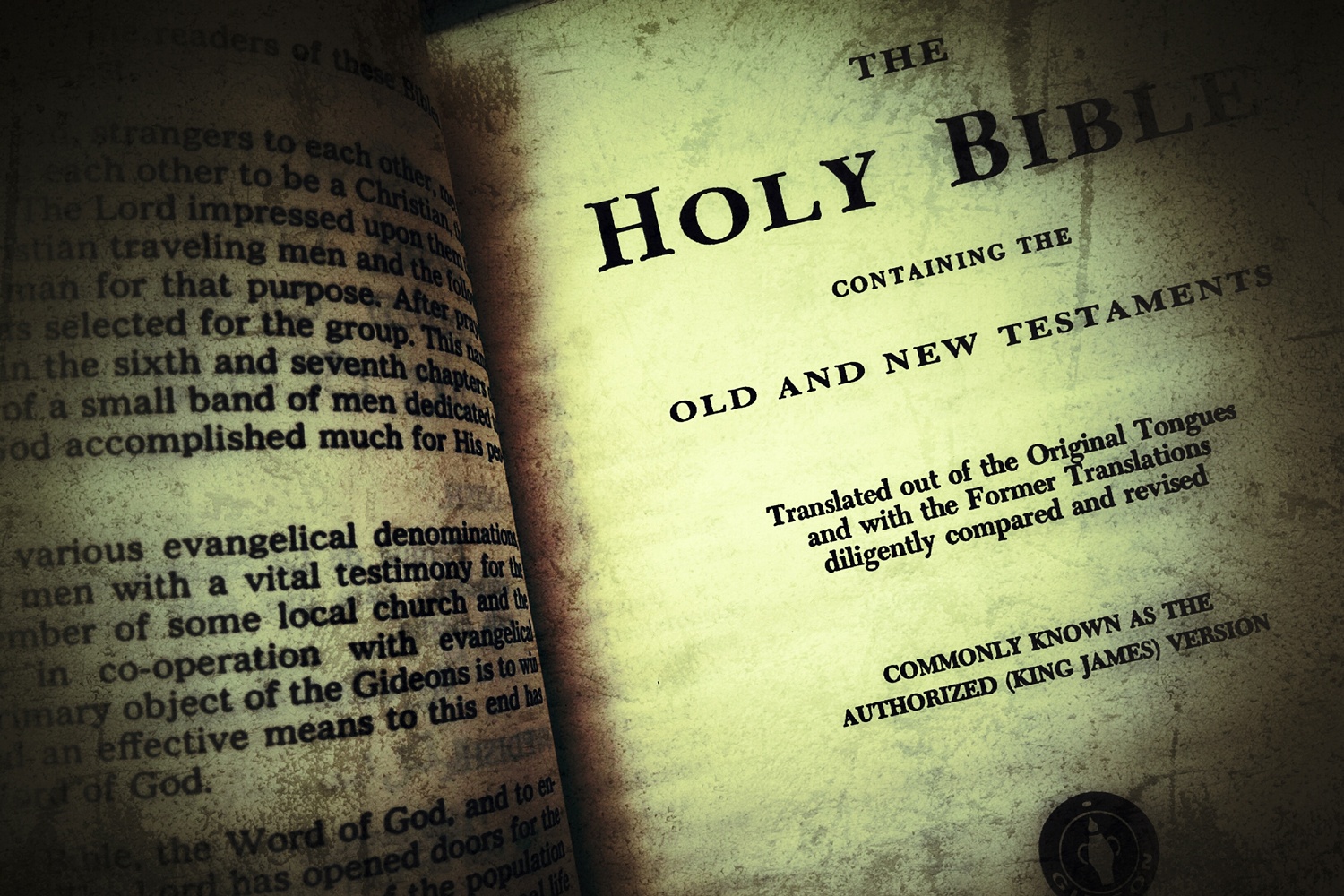This is the third in a series of posts on Textual Criticism of the New Testament and the Church that will run through 2016 and into 2017. Part 1 can be found HERE, and Part 2 can be found HERE. Part 4 entitled “What to Think about Manuscripts, Texts, and Variations” will be out next month.
Last month we tackled the question of the accidental corruption of the New Testament through the process of copying across the centuries. I hope I persuaded you that the facts really do work in favor of the reliability of the New Testament. We have an extremely robust manuscript tradition for a document as ancient as the New Testament, and those manuscripts contain relatively few significant errors of copying—certainly nothing to raise concern about whether or not we know what the original documents of the New Testament actually said.
What we did not do last month was address concerns that some people have about whether or not the New Testament was intentionally corrupted to make it say something that it did not originally say. There are those, for example, who claim that the earliest Christians did not believe that Jesus was God in the flesh and that such a belief came along much later in the life of the Church. The New Testament, they argue, was altered (corrupted) to reflect this new belief. Thus, they claim, the New Testament we have today is not reliable, because it has been altered to say something it did not originally say.
This is an involved discussion, as you can imagine, and it is one that cannot be settled within the confines of textual criticism alone. If you will permit me a bit of latitude in this post, I will endeavor to tackle some of the more common issues with regard to the alleged intentional corruption of the New Testament.
In order to reach the conclusion that the New Testament had been changed to say something it did not originally say, we would have to look for two kinds of evidences:
First, we would compare the oldest manuscripts of the New Testament to later manuscripts of the New Testament to see if we can find evidence that changes were made. Since we have so many ancient manuscripts of the New Testament across so many centuries, this task is easier than it sounds. It is also important to remember that we are not simply looking for changes in manuscripts—the manuscripts of the New Testament do not all look perfectly alike for a variety of reasons we have already discussed; we are looking for changes from one manuscript to another that corrupt the meaning of the New Testament.
You may think that it would take a great deal of scholarly ability to do an examination like this. And make no mistake, scholars have been doing this sort of examination for a long time, and no one has found any conclusive evidence that such a corruption has occurred. You, however, don’t have to take my word for it. You can perform this experiment yourself with English Bibles. You have at your fingertips access to an English translation that is based exclusively on a small number of very late (and theoretically most “corrupt”) Greek manuscripts: the King James Bible. You also have at your fingertips access to many English translations that are based on the oldest (and theoretically least “corrupt”) Greek manuscripts; just about every modern translation of the Bible is based on the “oldest and best” Greek manuscripts. So, does the KJV teach a different (more “corrupt”) version of Christianity? Does the KJV present us with a different Jesus or a different gospel? Is Jesus more divine in the KJV than he is in the ESV or the NIV or the NASB? Were 18th and 19th century Baptists more theologically corrupt because they used the KJV than we are because we use more modern translations based on much earlier manuscripts? Of course not. Aside from the fact that it is written in the language of the 17th century, the message and content of the KJV are the same message and content as any of the modern translations. It shows no real signs of meaningful corruption at all.
Let’s be clear here. There are some differences between the Greek texts from which the KVJ was translated and the Greek texts from which the modern translations are made, and not all of those difference are the result of errors. Many scholars also claim that later scribes did tend to harmonize readings and sometimes even clarify the Greek texts of the New Testament they copied, but there is no evidence that any of that activity had a corrupting effect on the message of the New Testament. Most of that scribal activity is so minor as to not even be noticeable when comparing the texts of the KJV with more modern translations. Are there changes within the transmission of the New Testament manuscripts? Yes. Are those changes the result of an intentional corruption of the New Testament to make it say something it never intended to say? Absolutely not (see my next blog post for some more detail on the nature of these changes).
What if, however, the corruption in the manuscripts of the New Testament happened before the oldest manuscripts of the New Testament that we have now? In other words what if in the time between the writing of the first gospel (ca. AD 55) and the oldest manuscript of the New Testament (ca. AD 125) the corruption took place? We would have no record of those changes in the manuscript record. Great question. If that was the time period in which the corruption occurred, the corruption would be visible across the books of the New Testament themselves. Which leads us to our second consideration. In order to reach the conclusion that the New Testament had been changed to say something it did not originally say, we would have to look for the second kind of evidence.
Second, we would compare the books in the New Testament that were written the earliest to the books in the New Testament that were written later to see if we could find early evidence of changes being made to the message about Jesus. There are scholars, for example who claim the kinds of corruption we are talking about now can be seen by comparing Mark (the first Gospel written) with John (the last Gospel written). Mark, they say, does not present Jesus as God in the flesh, but John, the last Gospel written, does. “See!” some critics will say, “Here is proof that the earliest Christian communities didn’t believe in the deity of Christ, but in later texts (John is probably forty years after Mark) they did! The New Testament has been corrupted!” If such a thing happened inside the New Testament, however, the resulting changes should be relatively easy to spot.
In dealing with this issue, I would be remiss if I didn’t hurry to say that Mark very obviously doesn’t present Jesus in that way. Mark begins his narrative about Jesus by calling him the Son of God (1:1), and in one of the very first miracle stories in Mark, Jesus looks at a crowd of people and declares himself to be the God who forgives sins (2:1-11). But all of that is beside the point. The argument above—that we have one presentation of Jesus in Mark and another in John, proving that beliefs about Jesus were corrupted and evolved over time—only makes sense because it is widely believed that Mark was the first Gospel written (which is almost certainly true). But Mark was not the first book of the New Testament written. James, Galatians, 1-2 Thessalonians, Romans, and 1-2 Corinthians all likely predate Mark. It is also quite possible that Ephesians, Philippians, Colossians, Philemon, 1 Timothy, and Titus also predate Mark. Would anyone be willing to suggest that you can show the corruption of the belief about Jesus from Galatians to John or from Romans to John? If anything, the argument should be made in reverse. Galatians and Romans, which predate John by forty years, have a more systematic, theologically rigorous, and divine presentation of Jesus than John does, but this has more to do with the fact that Galatians is a theological treatise and John is a Gospel than anything else.
To summarize: all the best evidence indicates that the New Testament was never intentionally altered to say something that it did not originally say. The gospel, the teaching about Jesus, and the message of the New Testament are consistent across the manuscript history of the New Testament, across the books of the New Testament, and throughout all the English translations.






No Comments